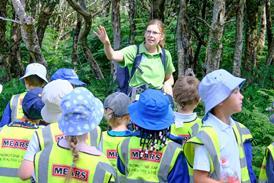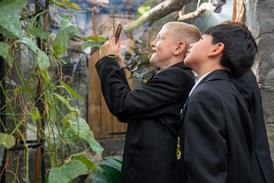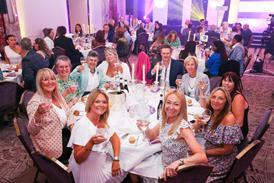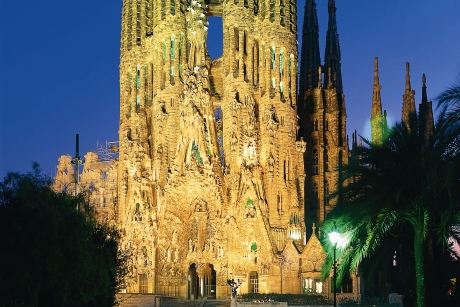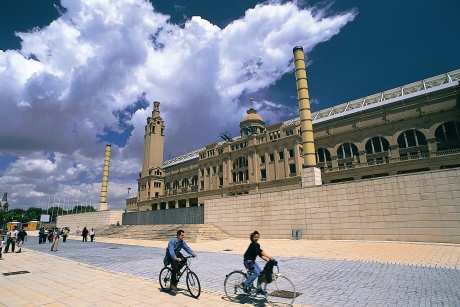The Spanish capital is a living breathing classroom where pupils can learn everything from Science and History to Art and PE.
Museu Nacional D’Art De Catalunya is the national museum of Catalan visual art which is notable for its collection of Romanesque church paintings and for Catalan art, which dates from between the late 19th and early 20th centuries.
The museum has its own educational program which offers a range of activities based around the collections of the museum. Different educational resources are available for different age groups.
Options include the Stroll Through Romanesque Art guided visit, which teaches pupils about the cultural context of art, and the Stories in Relief workshop where pupils will learn about the sculpture trade and the different materials used in the art of sculpture.
Students that have an interest in sport may benefit from the Camp Nou Experience, which includes a tour of the football stadium and a visit to the FC Barcelona Museum. The tour features stops at places around the stadium such as the commentary boxes, the trophy room and the press room. Schools will also learn about the sports team also, the club members and its fans.
Sagrada Familia offers plenty in the way of education. Schools can pick from two options: an educational visit with a specialist guide that’s adapted to their Key Stage and subject, or a visit with an audio guide. The UNESCO World Heritage Site is filled with history and schools can visit everything from the nave to the crypt museum during their visit.
Barcelona Aquarium will certainly be a popular choice with school children. The aquarium organizes experimental workshops, theatre activities and tours for schools. During experimental workshops pupils will have the chance to listen to stories, sing along to songs and hold marine life to discover more.
Barcelona Zoo is home to around 4,000 animals from 400 species. The Theory & Practical School of Animal Zoology and Applied Primatology was opened there in 1975, and now schools can visit to partake in different workshops. These workshops teach children how to observe animals and tell them apart, to learn how they adapt to different habitats and to understand the problems surrounding the illegal trade of species.
Children visiting to the model village of Catalunya in Miniature take a tour with a teaching guide. The models on display at the attraction represent smaller scale versions of Barcelona, Girona, Lleida and Tarragona. There’s also adventure circuits on site with zip lines and other activities for pupils who like an adrenaline rush.
Schools can also visit the Olympic Stadium in Barcelona, which was the focus of the 1992 Olympic Games. The history of the games can be charted within the museum and gallery, and today pupils can visit and explore the grounds. The stadium has its own educational department, which offers guided tours of the Olympic facilities and introductory sessions to the Olympic movement.
CosmoCaixa is said to be the biggest science museum in Europe and which covers a wide range of subjects such as the environment, nature, science and space. The museum boasts a planetarium, an indoor jungle with animals and a wave simulator among other exhibitions both temporary and permanent. Children will find it hard to run out of things to learn at this five storey museum.
Creative Culture: Medieval Worlds in Barcelona offers children tours in the Gothic quarter of Barcelona, with guides in Medieval dress who teach pupils about the everyday lives of children in the past. Groups will be led through the Medieval parts of town and learn about how people lived in those times, what they ate and what games they played.


